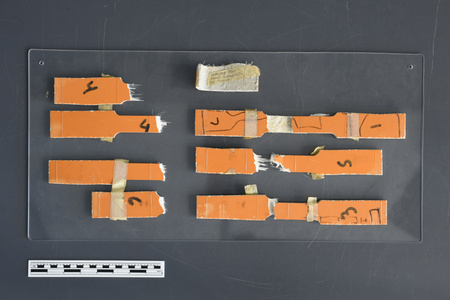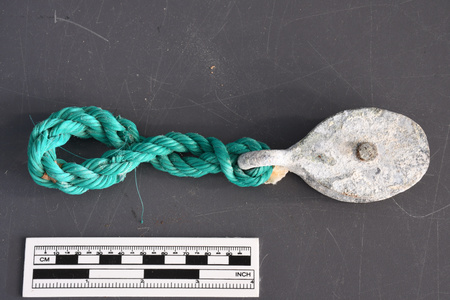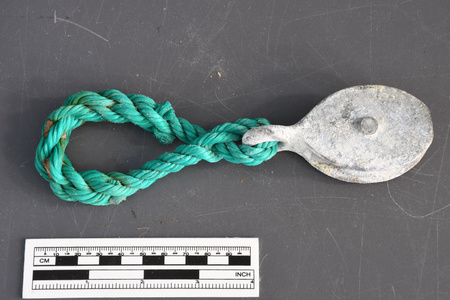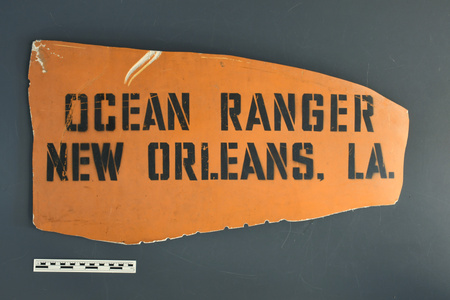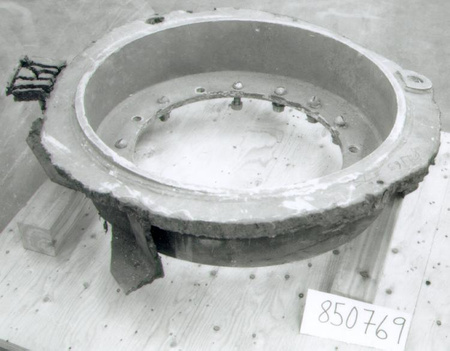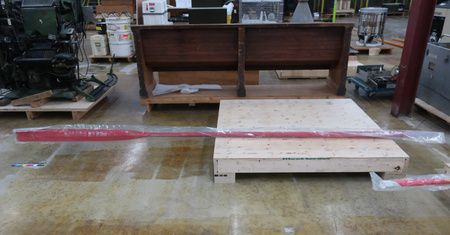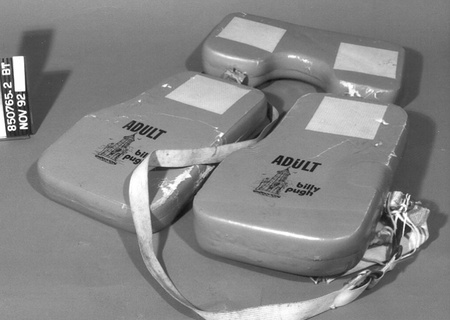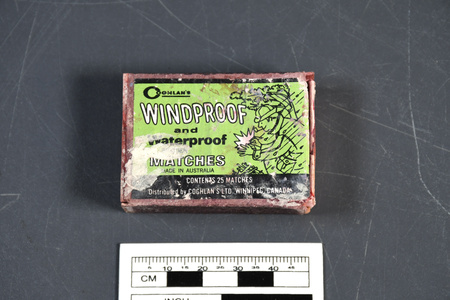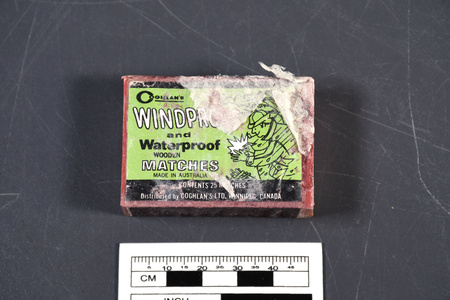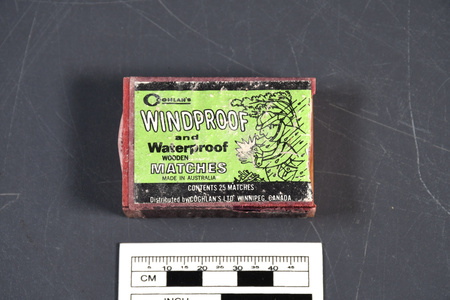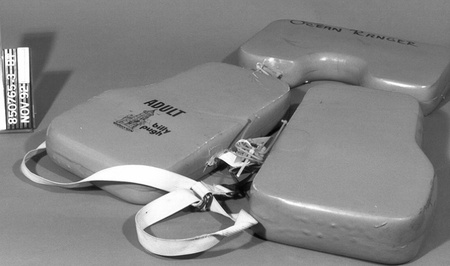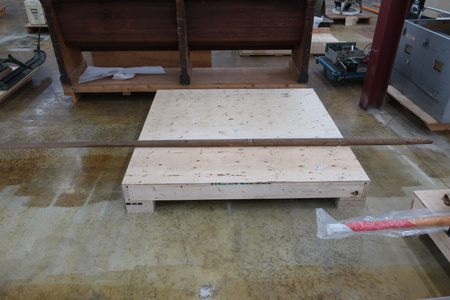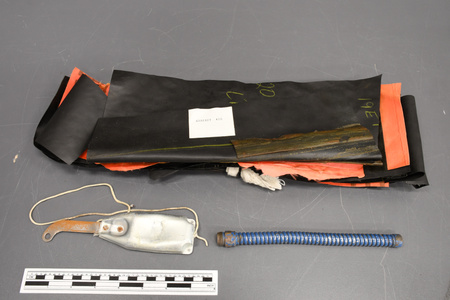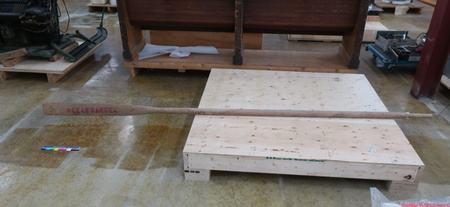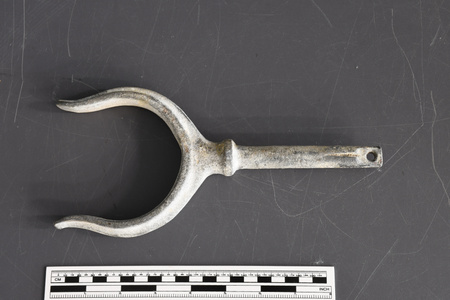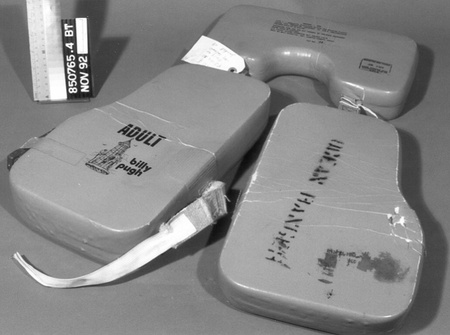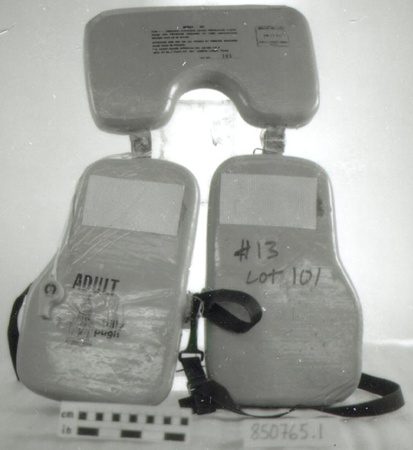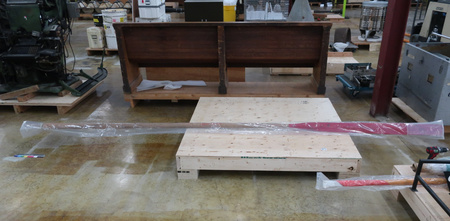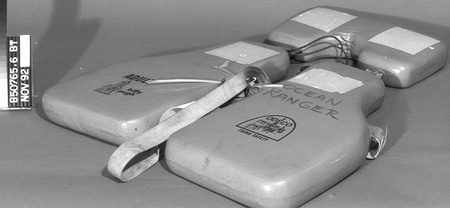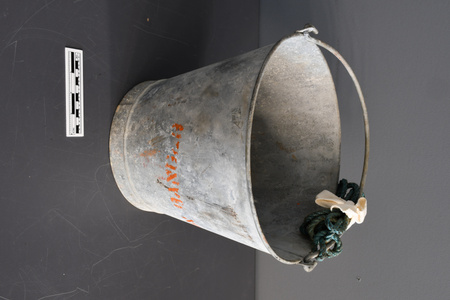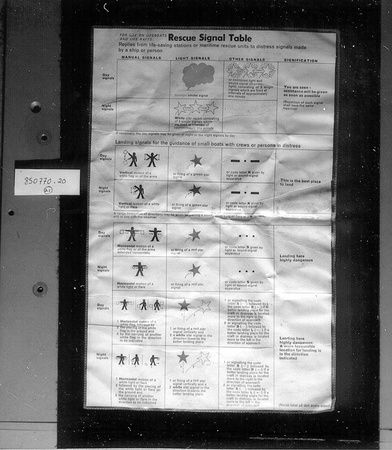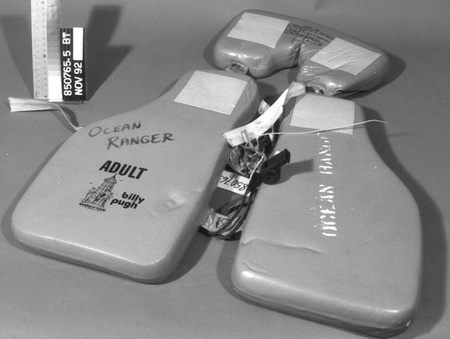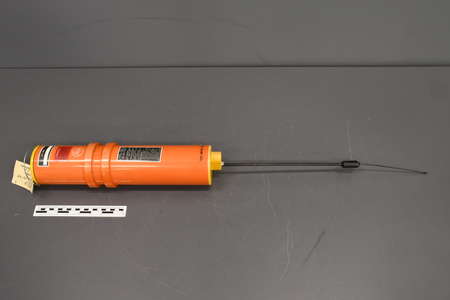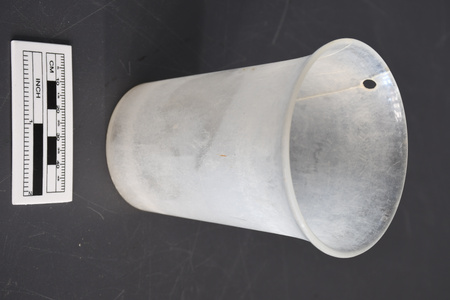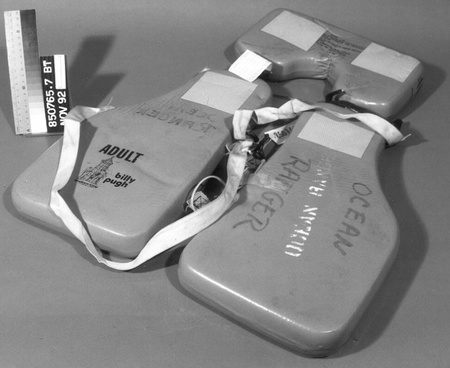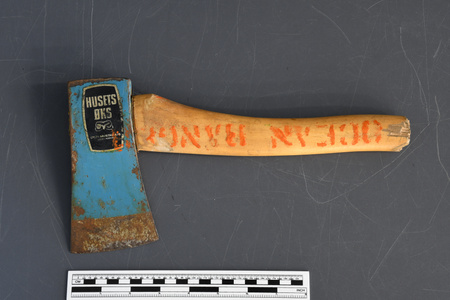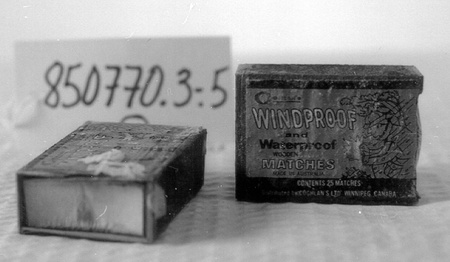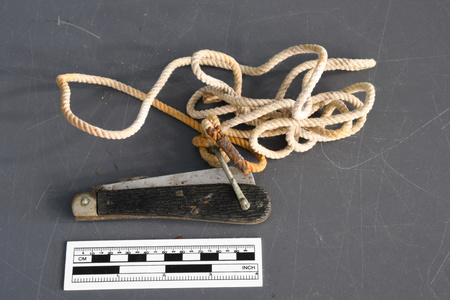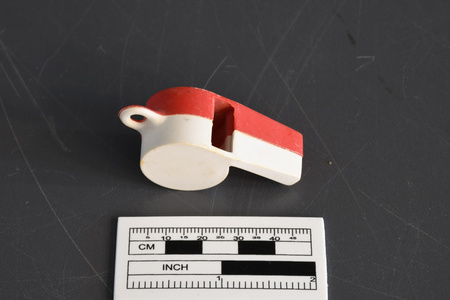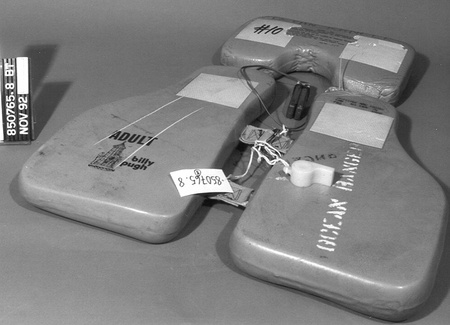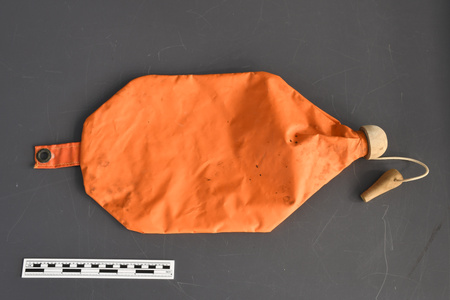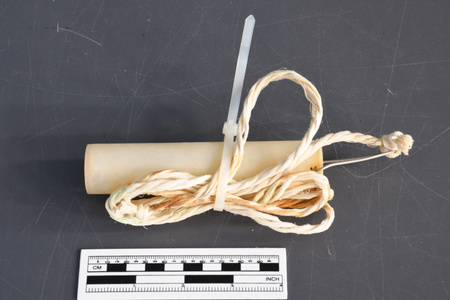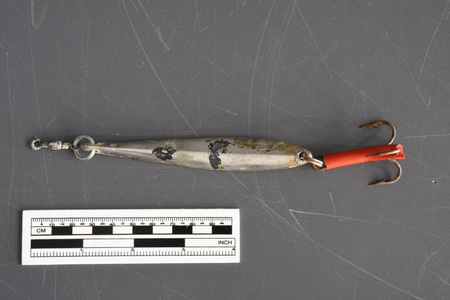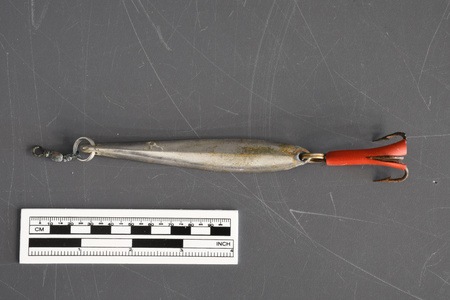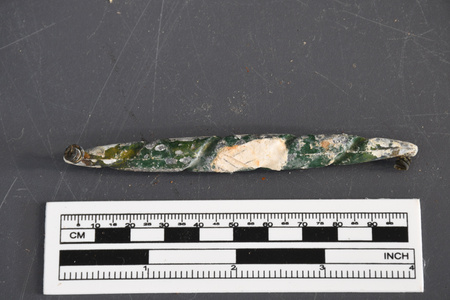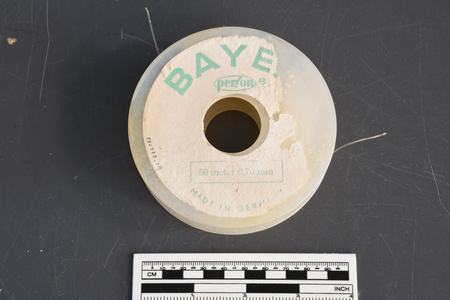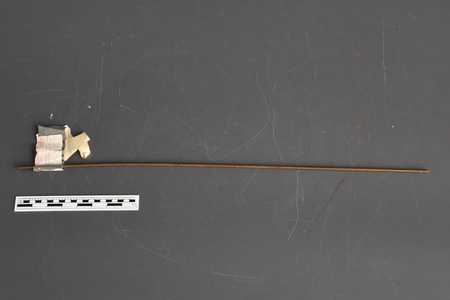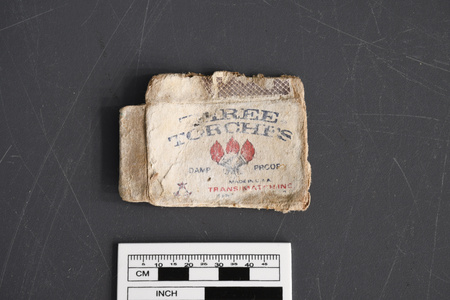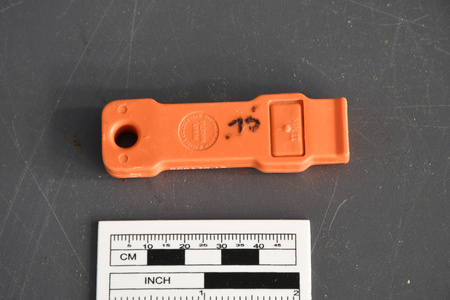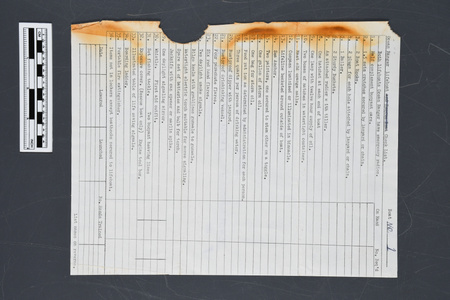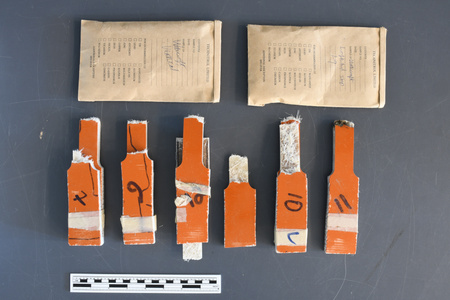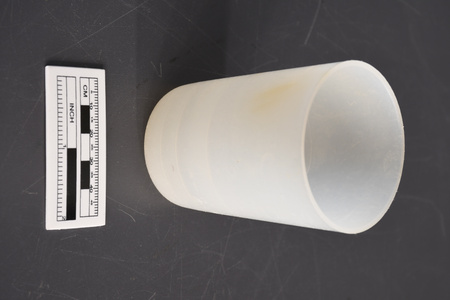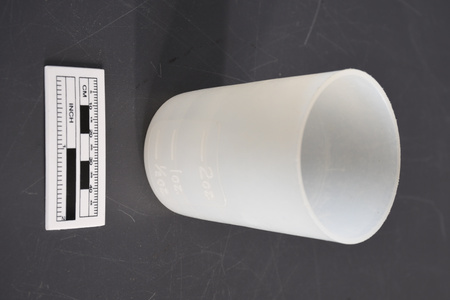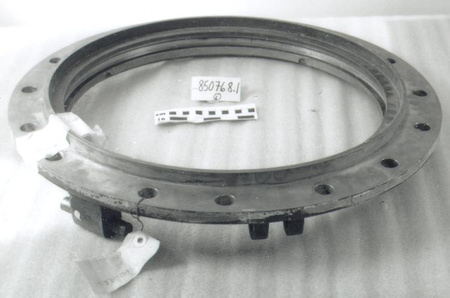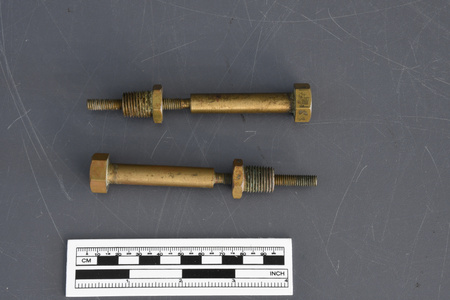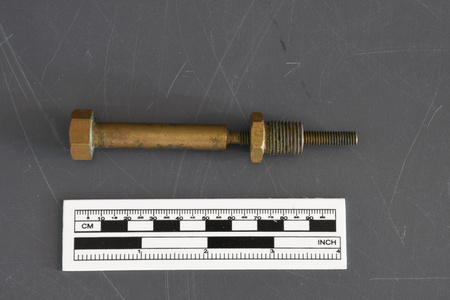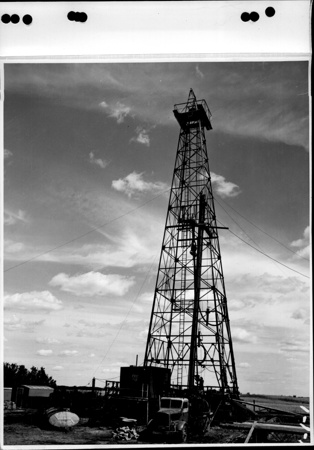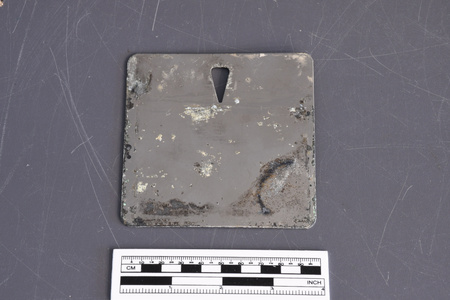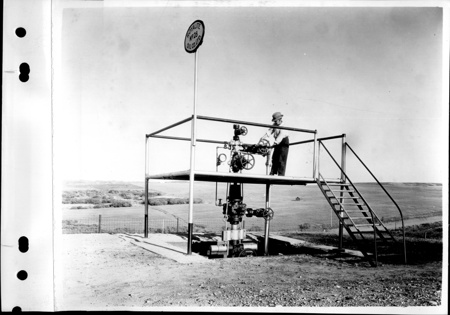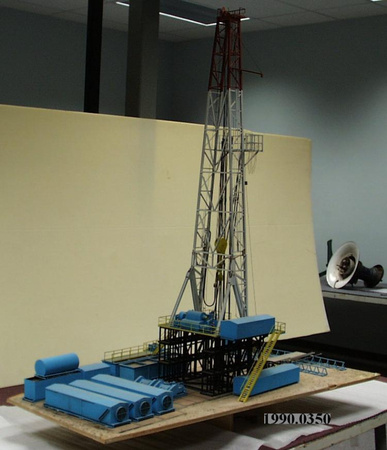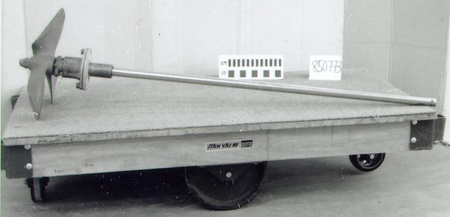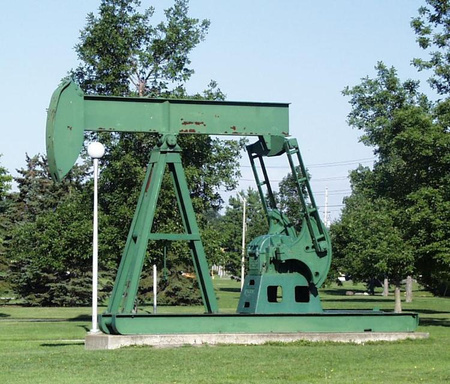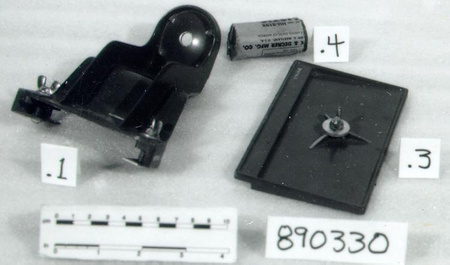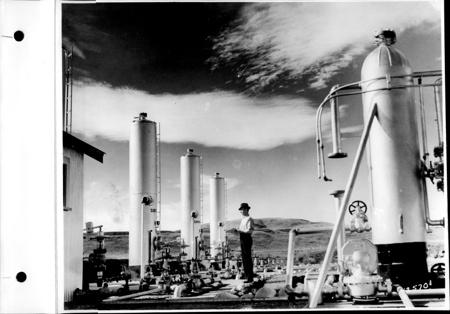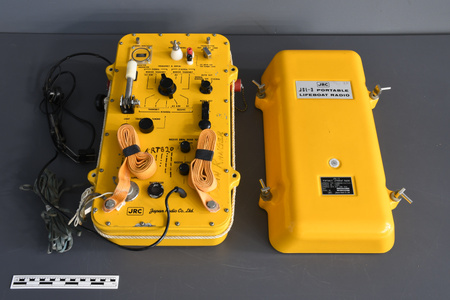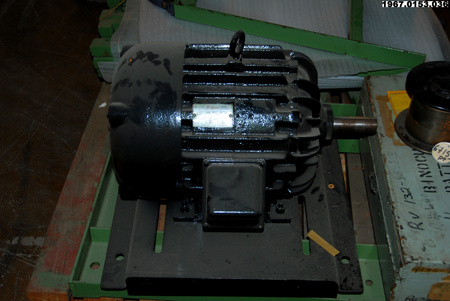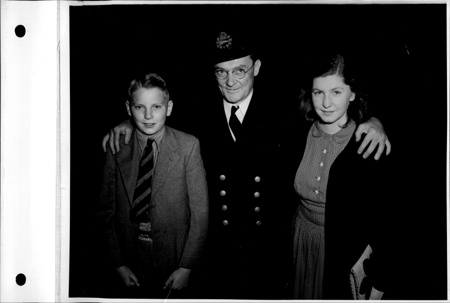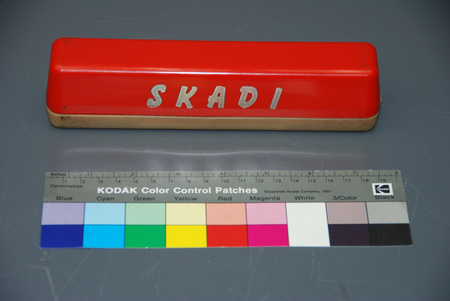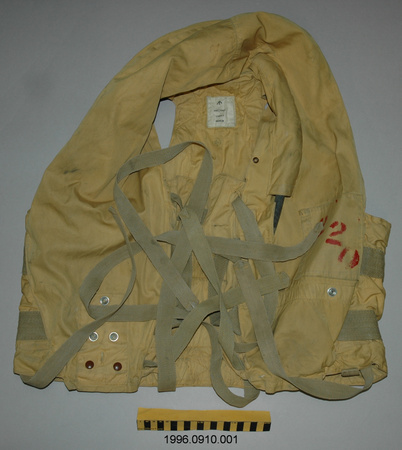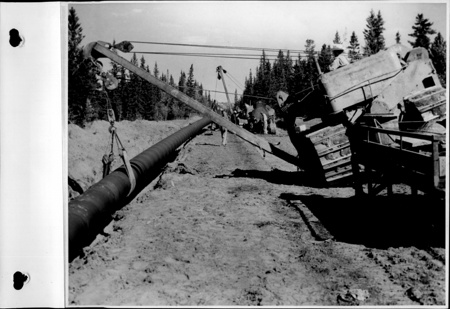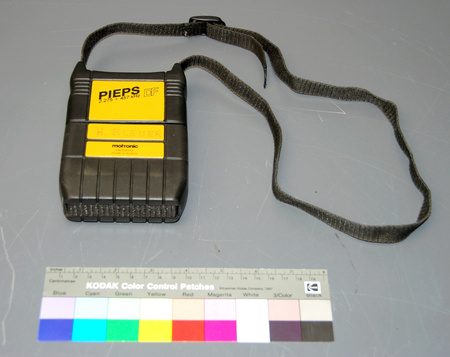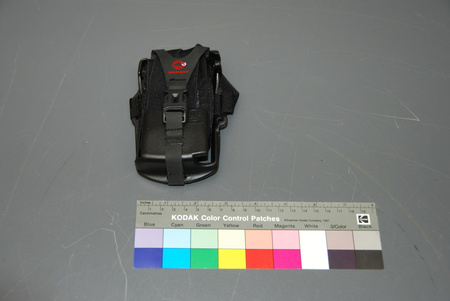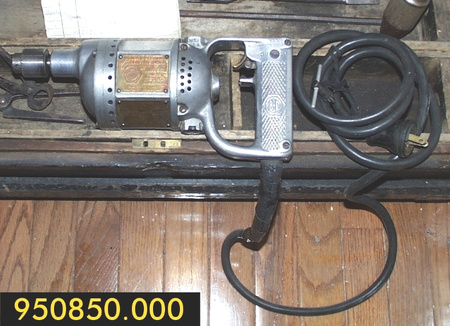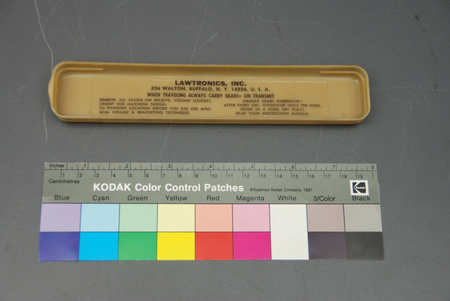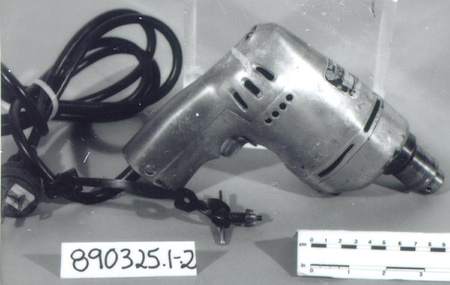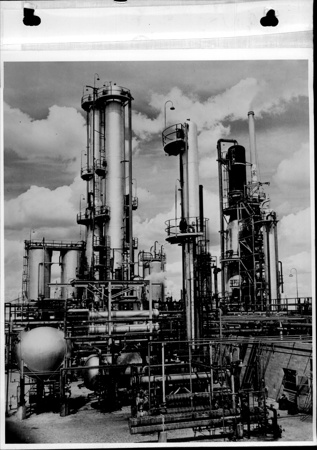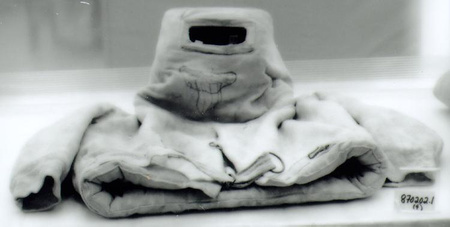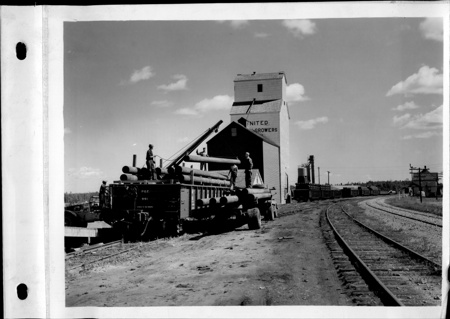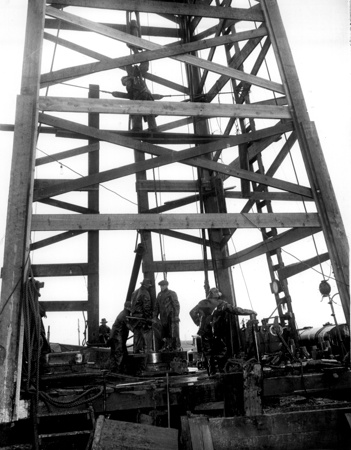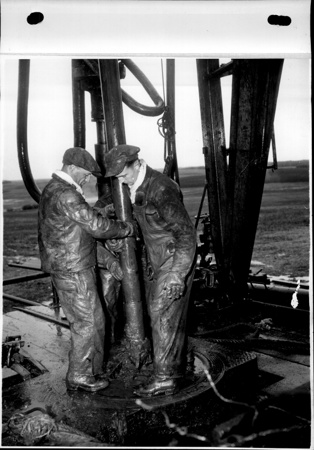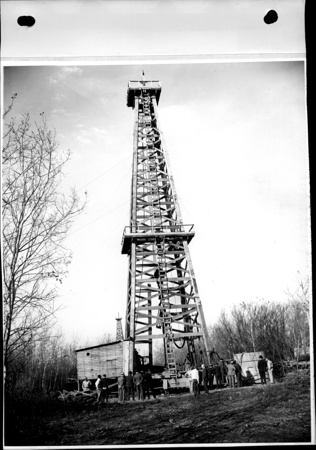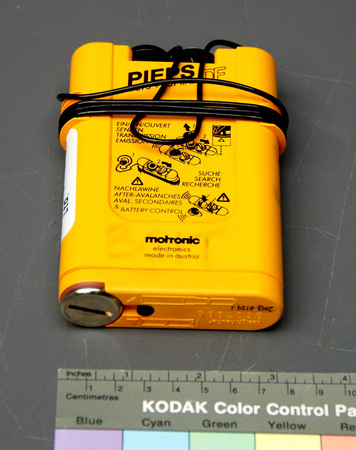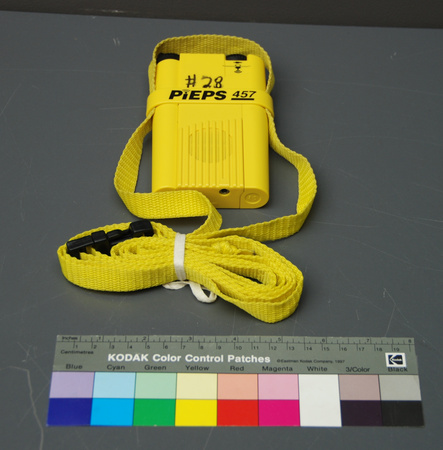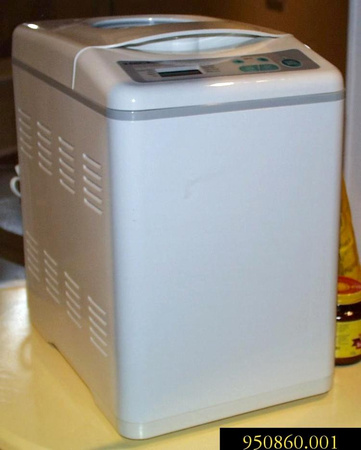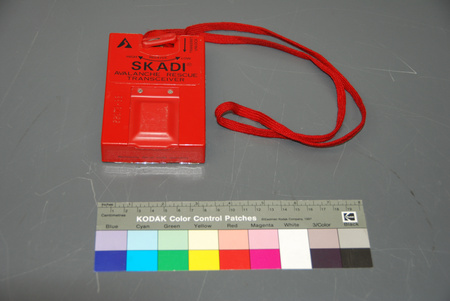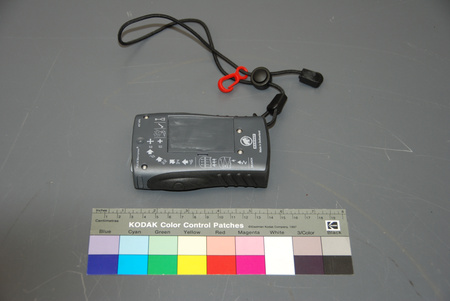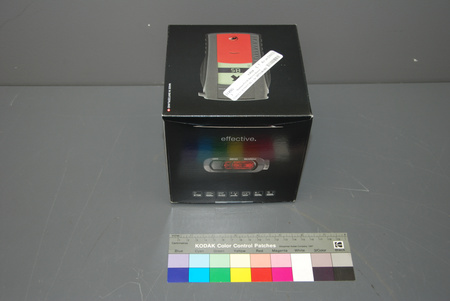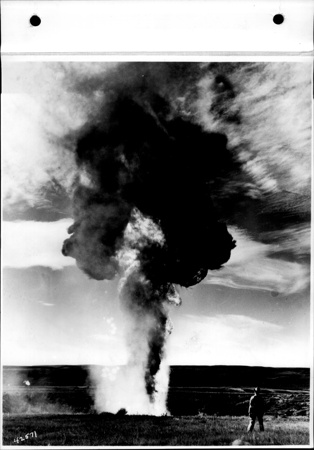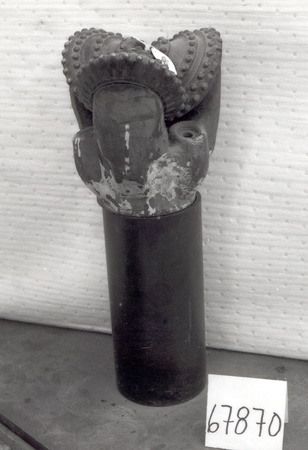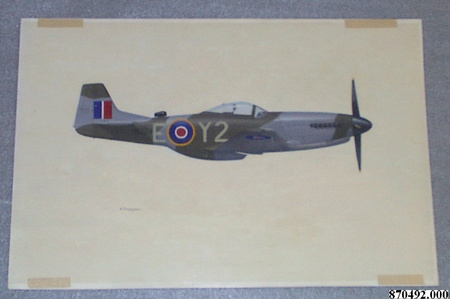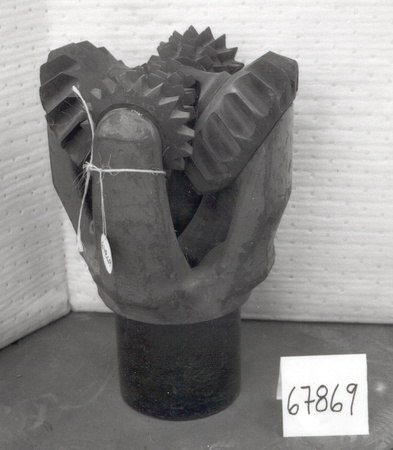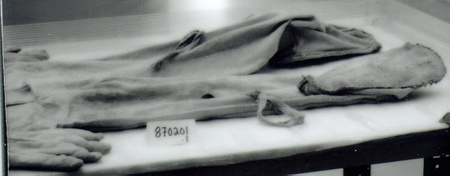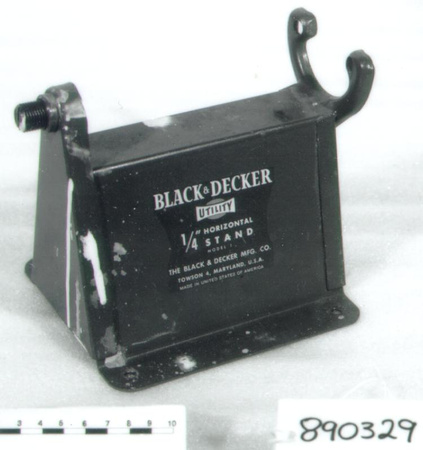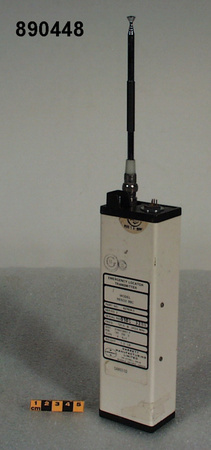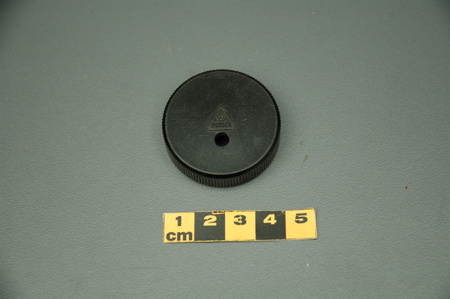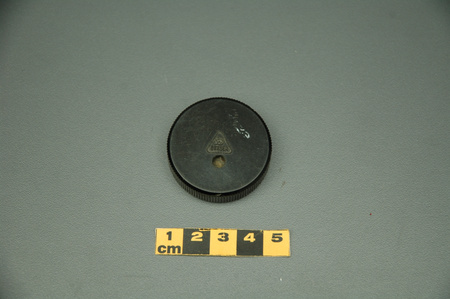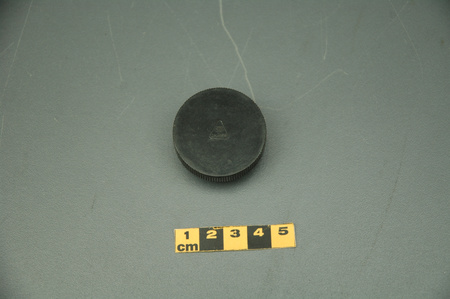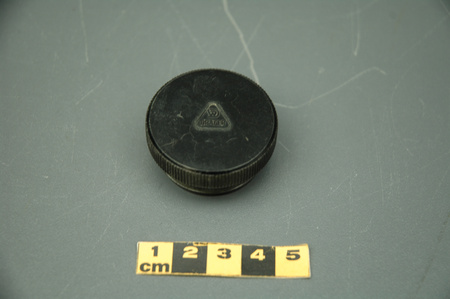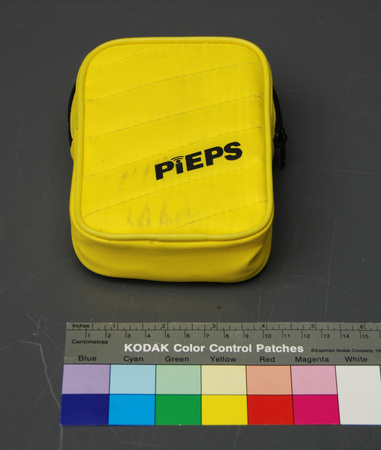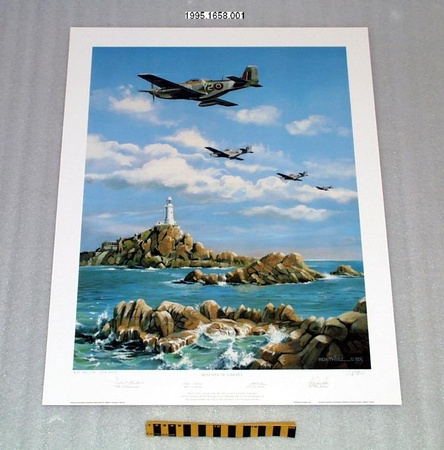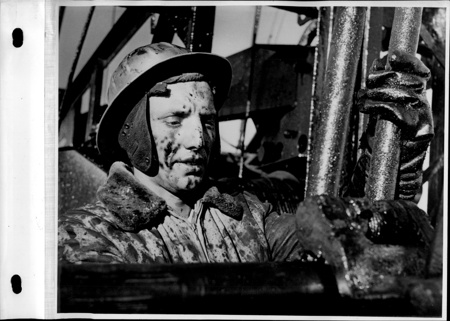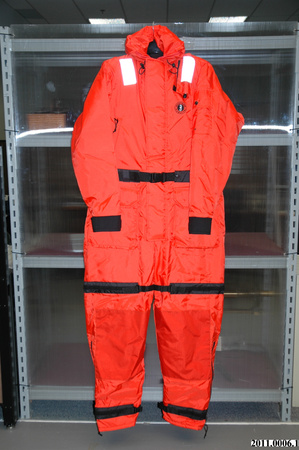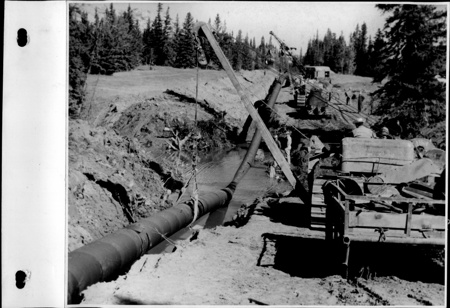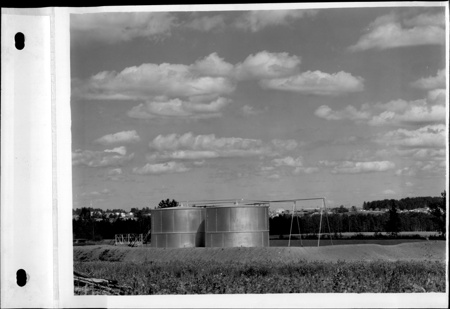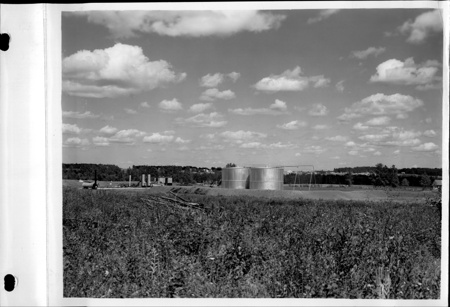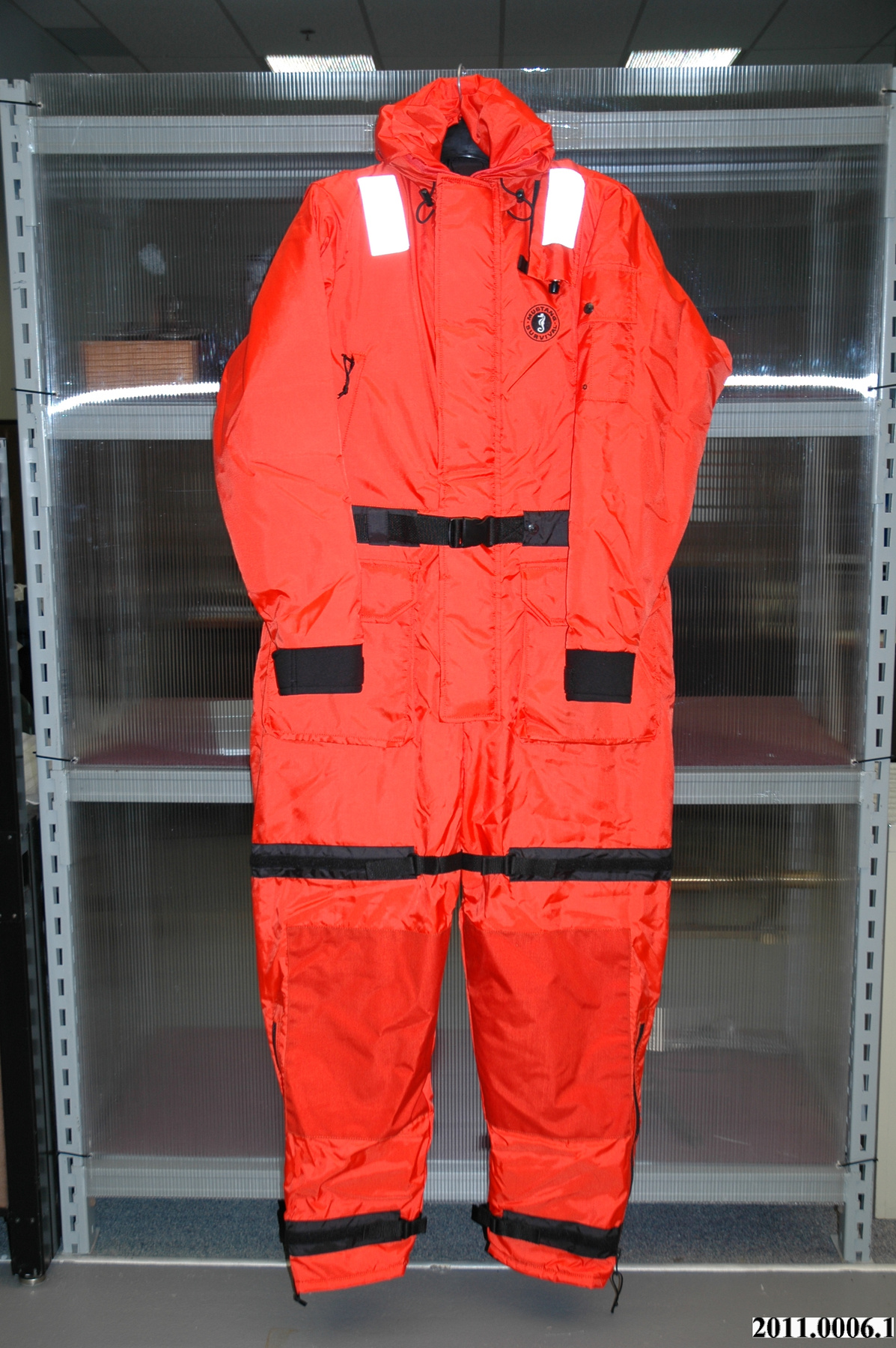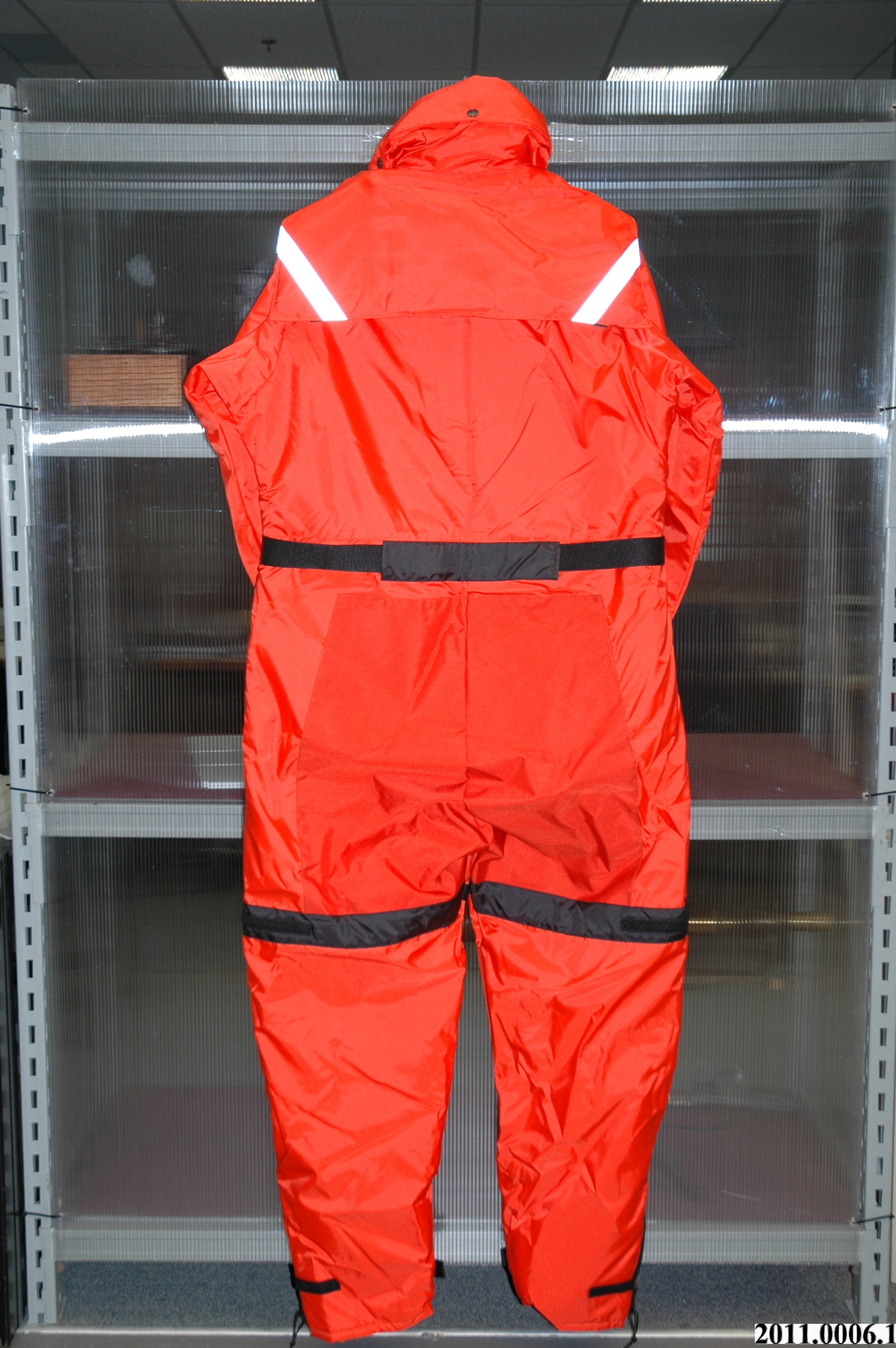Survêtement protecteur
Utiliser cette image
Puis-je réutiliser cette image sans autorisation? Oui
Les images sur le portail de la collection d’Ingenium ont la licence Creative Commons suivante :
Copyright Ingenium / CC BY-NC-ND (Attribution-NonCommercial 4.0 International (CC BY-NC 4.0)
ATTRIBUER CETTE IMAGE
Ingenium,
2011.0006.001
Permalien: https://files.ingeniumcanada.org/items/coll/176/436/2011-0006-001-aa-cs_thumb.jpeg
Ingenium diffuse cette image sous le cadre de licence Creative Commons et encourage son téléchargement et sa réutilisation à des fins non commerciales. Veuillez mentionner Ingenium et citer le numéro de l’artefact.
TÉLÉCHARGER L’IMAGEACHETER CETTE IMAGE
Cette image peut être utilisée gratuitement pour des fins non commerciales.
Pour un usage commercial, veuillez consulter nos frais de reproduction et communiquer avec nous pour acheter l’image.
- TYPE D’OBJET
- large
- DATE
- 2011
- NUMÉRO DE L’ARTEFACT
- 2011.0006.001
- FABRICANT
- Mustang Survival Corp.
- MODÈLE
- MS2195
- EMPLACEMENT
- Canada
Plus d’information
Renseignements généraux
- Nº de série
- S/O
- Nº de partie
- 1
- Nombre total de parties
- 1
- Ou
- S/O
- Brevets
- S/O
- Description générale
- Synthetic suit with synthetic zippers, enclosures and velcro. Metal snaps.
Dimensions
Remarque : Cette information reflète la taille générale pour l’entreposage et ne représente pas nécessairement les véritables dimensions de l’objet.
- Longueur
- S/O
- Largeur
- S/O
- Hauteur
- S/O
- Épaisseur
- S/O
- Poids
- S/O
- Diamètre
- S/O
- Volume
- S/O
Lexique
- Groupe
- Mines et métallurgie
- Catégorie
- Outillage personnel
- Sous-catégorie
- S/O
Fabricant
- Ou
- Mustang
- Pays
- Canada
- État/province
- Inconnu
- Ville
- Inconnu
Contexte
- Pays
- Canada
- État/province
- Inconnu
- Période
- New, never worn
- Canada
-
This artifact shows the latest step in the design of safety suits for the Canadian offshore petroleum industry. Exposure suits were first recommended by the Royal Commission, which was mandated to find out why the Ocean Ranger rig capsized, why no crew member was saved and how such accidents can be prevented in future. Among the 66 recommendations, the Commission suggested that the use of exposure suits may have saved lives of the Ocean Ranger workers. This particular suit is an improved version of standard gear, developed in response to the crash of the Cougar Flight 91 in March 2009 on route to SeaRose FPSO and Hibernia. Only one person survived the crash. Robert Decker escaped the dark helicopter using the light attached to his survival suit. The suit started to leak by the time rescue arrived and Robert was entering the state of hypothermia. All passengers on the flight wore Helly Hansen suits. There were serious problems with the suits. To quote Decker’s testimony: "These suits fit no one. Joke was one size fits no one." The locator beacons on the suits did not work. Passengers did not put on the hoods and gloves. One other person, Allison Maher made it to the surface, but she did not survive. The suits are regulated by Canada-Nova Scotia, and Canada-Newfoundland and Labrador Offshore Petroleum Boards. The first offshore rigs were erected in California at the turn of the 20th century in shallow water, close to the coast. The first true offshore oil well was drilled in 1947 in the Magnolia Creole field off the coast of Louisiana. In Canada, exploratory drilling dates back to the 1943, when the first well, Hillsborough No. 1, was drilled down 8 meters of water 13 km off the cost of PEI. The well was drilled from an artificial island made of wood cribbing, rock and concrete; it reached a depth of 4,479 metres, but neither oil nor natural gas was found. Test wells were drilled in the Beaufort Sea in 1966 and exploration off of British Columbia’s coasts dates to 1958. Today Canada’s offshore industry is concentrated on the Atlantic Ocean. In 1972 British Columbia imposed a moratorium on the offshore drilling on the Pacific Ocean which still stands. There are three active offshore oil production projects off the Atlantic Canadian coast: Hibernia, Terra Nova, and White Rose, from which 40% En savoir plus - Fonction
-
To protect an offshore worker during a transport to and from a drilling platform. - Technique
-
The survival suit is part of an integrated safety system designed to protect the lives of offshore petroleum workers while increasing the worker’s chances of rescue in the event of an offshore accident. The four part system includes training, a breathing apparatus (2010.0155), a locator beacon, and a survival suit. The survival suit’s role in the system is to reduce the wearer’s risk of hypothermia by protecting them from the elements, keeping the wearer afloat, and increasing the visibility of the survivor. The Mustang Survival Suit (MS2195) is built to address the situations that a survivor of an offshore incident would face. The suit has a clo value of 0.42, meaning that the wearer is insulated against hypothermia for up to 8 hours in 10*C in calm water. Wearing a suit with a high clo value increases the length of time that rescuers have of finding survivors before hypothermia sets in. Also built into the suit is flotation layer made up of air filled PVC foam which acts as the primary flotation for the suit as well as an insulating layer. The main flotation is supplemented by an inflatable neck and head support providing the wearer with some comfort and added buoyancy while waiting to be rescued. The survival suit shell is made of a bright orange fabric which is resistant to fading due to weathering and the effects of ultraviolet rays. The bright orange fabric increases the visibility of the wearer in the event of a rescue. - Notes sur la région
-
Inconnu
Détails
- Marques
- Circular badge at left breast "MUSTANG SURVIVAL [with embroidered seahorse]" and same logo inside suit at neckline. Below, square label reads: "MUSTANG/ SURVIVAL [TM]/ MS2195/ LARGE[/]GRAND/ LN2500"/ Large rectangular label below "MS2195/ DELUXE FLOTATION SUIT/ COMBINASON DE FLOTTAISON DELUXE/ PERSONAL FLOTTATION DEVICE[/] VETEMENT DE FLOTTAISON INDIVIDUEL/ SIZE[/]TAILLE: LARGE[/]GRAND/ Designed for chest size/ tour de poitrine, de 107-117 CM[/] 42-46 IN/ LOT NUMBER: 402111 to conform to standard/ CAN[/]CGSB-65.11-M88, Type I. Buoyancy
- Manque
- S/O
- Fini
- Primarily orange synthetic fabric with black trim and interior. Synthetic zipper enclosures. Light reflective synthetic material at shoulders. Black neoprene at cuffs. Black synthetic fastener, velcro and metal snaps.
- Décoration
- S/O
FAIRE RÉFÉRENCE À CET OBJET
Si vous souhaitez publier de l’information sur cet objet de collection, veuillez indiquer ce qui suit :
Mustang Survival Corp., Survêtement protecteur, 2011, Numéro de l'artefact 2011.0006, Ingenium - Musées des sciences et de l'innovation du Canada, http://collection.ingeniumcanada.org/fr/id/2011.0006.001/
RÉTROACTION
Envoyer une question ou un commentaire sur cet artefact.
Plus comme ceci
